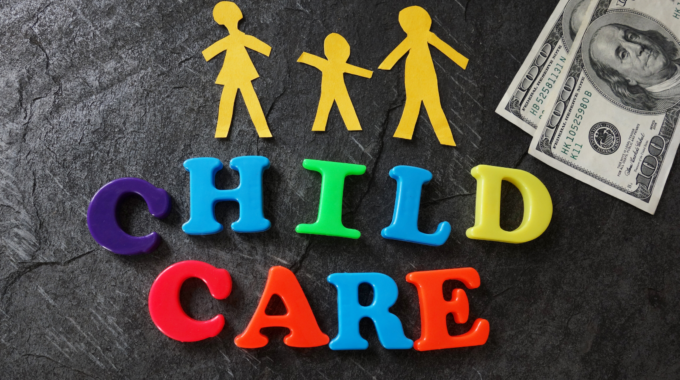
Save on Child Care Costs for 2023: Dependent Care FSA vs. Dependent Care Tax Credit
For those with young children, the cost of childcare can feel astronomical. When both of my sons were in daycare, our family spent well over twice as much for childcare each month than we did on our mortgage, an all too common phenomenon in the United States. Fortunately, the federal government recognized that the high cost of childcare can be burdensome for families and a drag on the economy, and created several ways to offset a portion of childcare expenses – including Dependent Care Flexible Spending Accounts (DCFSA) and the Dependent Care Tax Credit.
Dependent Care FSA
Many employers offer the ability to save for childcare expenses in a flexible spending account. The contributions are made pre-tax, so any funds contributed are not subject to federal and state income taxes or Social Security and Medicare withholdings. The higher your marginal tax bracket, the more advantageous the Dependent Care FSA can be. Eligible childcare options are broad and include daycare, preschool, day camps, before and after school programs, and several other types of dependent care.
Dependent Care FSA contributions are limited to $5,000 a year for individuals or married couples filing jointly, and $2,500 for a married person filing separately. Unlike Health Care FSAs which are indexed to cost of living adjustments, Dependent Care FSA contribution limits are not indexed for inflation and have been at this level for nearly 35 years, despite the rising costs of childcare.
It is also important to note that contributions to an FSA both for health care and dependent care are considered use-it-or-lose it. Any funds remaining in the account at the end of the benefit period and any applicable grace period will be forfeited.
Dependent Care Tax Credit
The Dependent Care Tax Credit provides a maximum of 35% of eligible childcare expenses paid during the year as a tax credit. Filers can claim up to $3,000 of expenses for one child and up to $6,000 for two or more, resulting in a maximum available credit of $1,050 and $2,100, respectively. The percentage of childcare expenses provided by the credit declines rapidly as Adjusted Gross Income (AGI) increases above $15,000, dropping by 1% for every $2,000 increase until it levels out at 20%. For those with an AGI of $43,000 and above, the maximum credit is $600 for one child and $1,200 for two or more. The credits are also not refundable, so taxpayers cannot receive a refund for the credit if they do not have an offsetting tax liability.
Things to consider when deciding between the Dependent Care FSA and the Dependent Care Tax Credit
The first step is to ensure you qualify for both options. Below are a few items to keep in mind:
- Both the Dependent Care FSA and the Dependent Care Tax Credit are limited to the childcare expenses incurred prior to the child turning 13, unless they meet other criteria, such as being disabled.
- Expenses paid to certain care providers are not eligible, such as payment to siblings under the age of 19.
- Certain childcare expenses (such as overnight camps or private school education for those in kindergarten and up) are not eligible.
- You must pass the Work-Related Expense Test to qualify for either option. The childcare expenses must be paid in order for you and your spouse (if filing jointly) to work or look for work.
- Unless you or your spouse are a student that meets certain criteria or are unable to take care of yourself, you must both have earned income during the year that equals or is greater than the amount of childcare expenses you claim.
- If you are married filing separately, in most instances you do not qualify for the Dependent Care Tax Credit.
It is also important to know that it is not an either/or decision. You can take advantage of both the Dependent Care FSA and Dependent Care Tax Credit, you just can’t double-dip. For example, if you have $3,000 in qualified childcare expenses for one child, you can’t put $3,000 in a Dependent Care FSA and also take advantage of $3,000 of expenses for the Dependent Care Tax Credit. However, under the same circumstances of one child with $3,000 in expenses, say you started a new position late in the year that offered a Dependent Care FSA. If you made $2,000 in contributions, you could take advantage of another $1,000 for purposes of the Dependent Care Tax Credit. Finally, if you have more than one child, you could max out your Dependent Care FSA of $5,000 and still have $1,000 left to utilize the Dependent Care Tax Credit.
Next Steps
Taking all of these variables into consideration can make for a complicated decision, utilize this Dependent Care FSA vs. Dependent Care Tax Credit Calculator for help deciding which option(s) would be best for you. As with any general calculator it does not take into consideration every circumstance, so please consult a qualified tax or financial advisor for your particular situation.
For those wanting to take advantage of the Dependent Care Tax Credit, IRS Form 2441 will need to be filed with your tax return.
